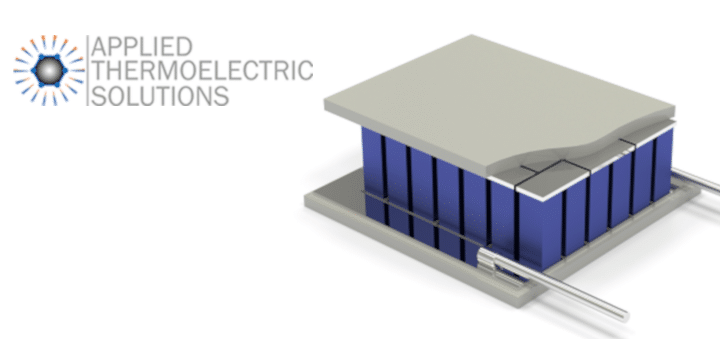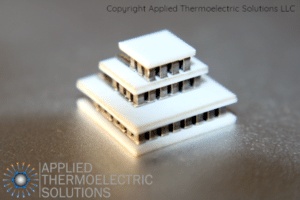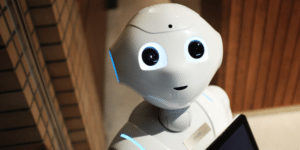We are fortunate to be invited to speak at the 232nd Electrochemical Society Meeting (ECS) held in National Harbor, MD.
Presentation Title:
Peltier Supercooling with Isosceles Current Pulses: Cooling an Object with Internal Heat Generation
Abstract:
Applying a current pulse enables a transitory state where the cold junction of a Peltier couple reaches temperatures below that obtainable via maximum temperature delta steady-state current. This supercooling is followed by a period of superheating. With optimized triangular current pulses, the sum of supercooling and superheating can result in net cooling. The objective herein is to gain insight on the sensitivity of system performance during pulsed cooling of a heat generating object with an optimized pulse. A comprehensive parametric study was performed using an electrical-thermal analog model built in SPICE. Heat transfer rate on the cold side can be improved initially as compared to steady state operation at optimal current. The coefficient of performance (COP) decreased during a pulse due to the fast time constant of electrical power consumption relative to cold side heat transfer rate. Time delayed Joule heat and Seebeck voltage contribute to further lowering of COP. However, higher resistance interface materials can improve both the cold side heat transfer rate and COP during a portion of the transient pulse.
Importance of This Work
This work provides a fundamental understanding of an area of thermoelectric cooling that had not previously been explored. Insight gained from this research can be used to design and model improved thermoelectric systems and modules.
Related Work
If you are interested in this work, you will also enjoy our previous work (Peltier Supercooling with Isosceles Current Pulses: A Response Surface Perspective). The work was presented at the 36th International Conference on Thermoelectrics (ICT).




